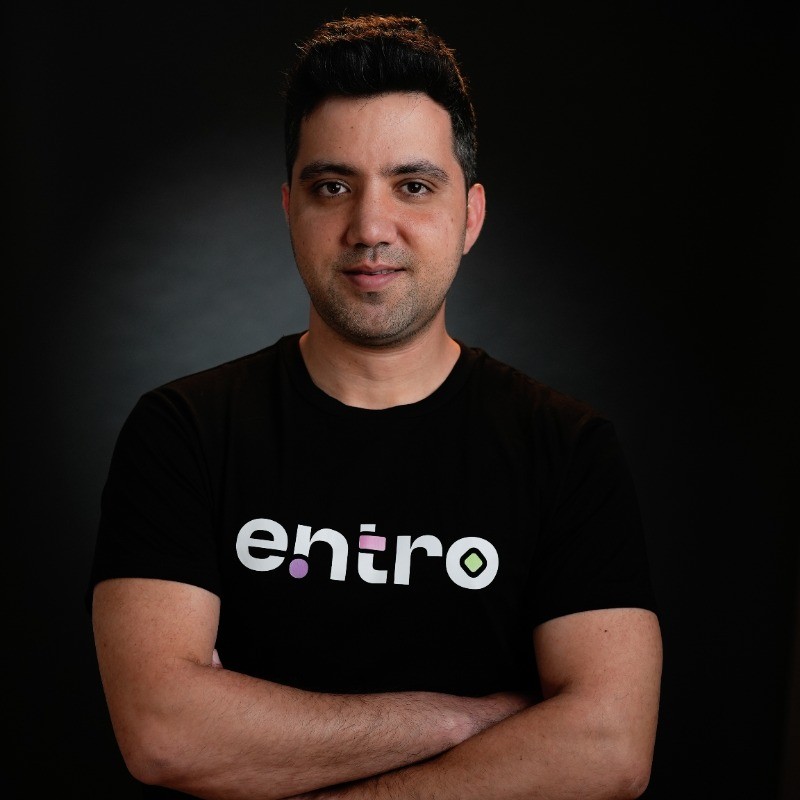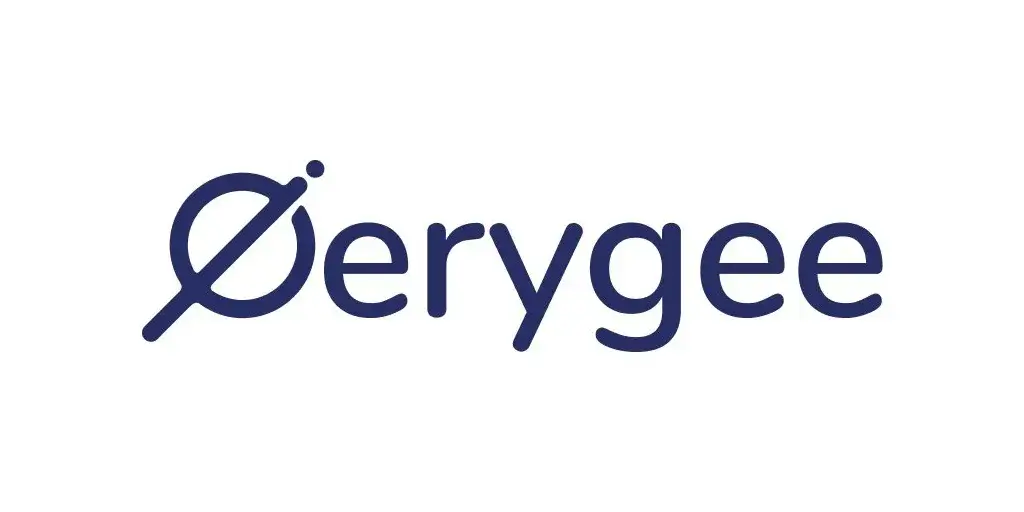Ready to launch your own podcast? Book a strategy call.
Frontlines.io | Where B2B Founders Talk GTM.
Strategic Communications Advisory For Visionary Founders
Conversation
Highlights
Building a Category in Cloud Security: Gem Security’s Go-to-Market Journey
Selling a product before it exists might sound counterintuitive, but for Gem Security’s founder Arie Zilberstein, it was a deliberate strategy that laid the foundation for the company’s growth. In a recent episode of Category Visionaries, Arie shared insights into how Gem Security approached building and selling a new category in the crowded cybersecurity market.
The decision to sell before building wasn’t just about generating early revenue. “Initially when we opened the company, one thing that we had in mind is that we sell the product from the first moment that we have the company, even before we have the product, because we want to understand that we’re selling something that is viable now,” Arie explains.
This approach led to partnerships with early adopters who became more than just customers – they became design partners in shaping the product. “We got to work with a few amazing companies that believed in us, believed in team, believed in the proposition, and we spent a few months building the product together with them,” says Arie.
The strategy proved successful when these design partners converted to paying customers after seeing the delivered product matched the initial promise. But beyond validating the product, this approach helped Gem Security navigate one of the biggest challenges in cybersecurity: market noise.
“Like cybersecurity markets, it’s really hard to navigate through the saturated noise in the market. Everyone is doing everything, many acronyms, many products,” Arie notes. To cut through this noise, Gem Security focused on building a new category – Cloud Detection Response (CDR) – that bridges the gap between traditional security tools and modern cloud environments.
This category positioning was deliberate: “We’re not quite a SIM solution. And on the other side, we’re not quite a cloud security solution. We’re actually both,” Arie explains. This positioning helps Gem Security differentiate itself in a crowded market while addressing a specific need that neither existing category fully serves.
The company’s go-to-market strategy extends beyond just product positioning. Gem Security deliberately targets security operations leaders, though their approach varies depending on organizational structure. “Usually it would be a director, VP cyber defense security operation that would be needed to understand what they do with detection response when it comes to the cloud,” says Arie.
However, they’ve found success starting conversations at the CISO level too: “Most of our customers today, we started from the CISO angle and then we only evolved to the security operation team. But never a deal would happen without having the bind from the security operators, from the security operation teams.”
Looking ahead to 2024, Gem Security is focused on scaling their early success. “The next challenge for us is getting that success at scale,” Arie shares. This involves scaling up the go-to-market team and replicating their early wins across a broader market.
For founders building in complex technical markets, Arie emphasizes the importance of practitioner experience: “Having a practitioner experience is something that is crucial. Being and serving some time as a practitioner… is so crucial to get good perspective, realistic perspective of how the world looks like.”
This perspective has shaped Gem Security’s long-term vision. “Looking five or ten years from now, we look at the security operation and what this architecture of security mission will look like, and we see gem as one of the critical piece that would revolutionize security operation in the cloud era,” Arie explains.
The key lesson from Gem Security’s journey? Don’t wait for perfection before engaging with customers. As Arie demonstrates, early customer engagement, even before having a complete product, can be a powerful strategy for building and validating a new category in enterprise software.
Actionable
Takeaways
Embrace Challenges as Opportunities:
Arie's experience in unit 8200 taught him that perceived impossible challenges can indeed be solved. This mindset is crucial for founders, encouraging them to approach seemingly insurmountable obstacles with determination and creativity.
Listen to Your Gut and Experience:
Despite skepticism from some advisors and security practitioners, Arie and his team trusted their gut feelings and extensive experience in cybersecurity to pursue their vision for Gem Security. Founders should trust their instincts and unique insights gained from their professional backgrounds.
Build and Validate Your Product with Early Adopters:
Gem Security's strategy of engaging design partners early on and transitioning them into paying customers underscores the importance of validating your product with real users. This approach not only tests the product's viability but also strengthens the product-market fit.
Cultivate Strategic Relationships:
The endorsement by high-profile cybersecurity experts for Gem Security highlights the power of leveraging strategic relationships. Founders should focus on building and nurturing relationships that can offer credibility, support, and visibility to their startup.
Adopt a Learning Mindset for Unfamiliar Challenges:
Arie's journey from incident response to founding a company required him to learn aspects of business he was previously unfamiliar with, like marketing and sales. Founders should be prepared to step outside their comfort zones and adopt a learning mindset to address new challenges head-on.


































































































